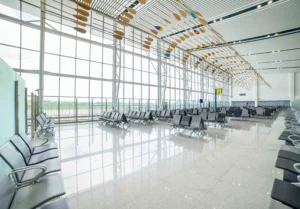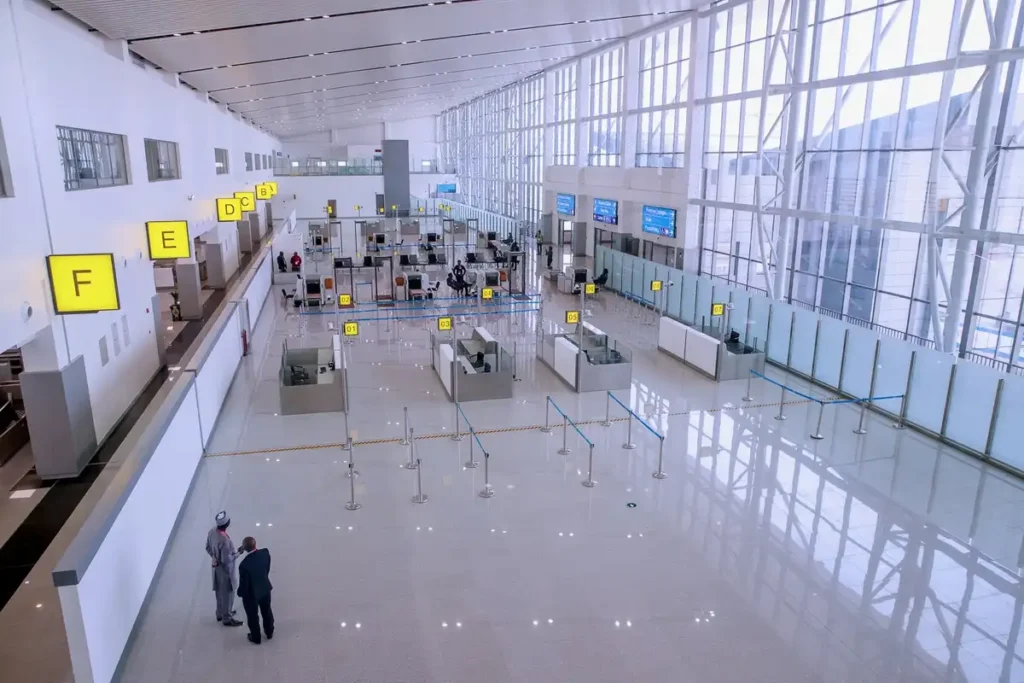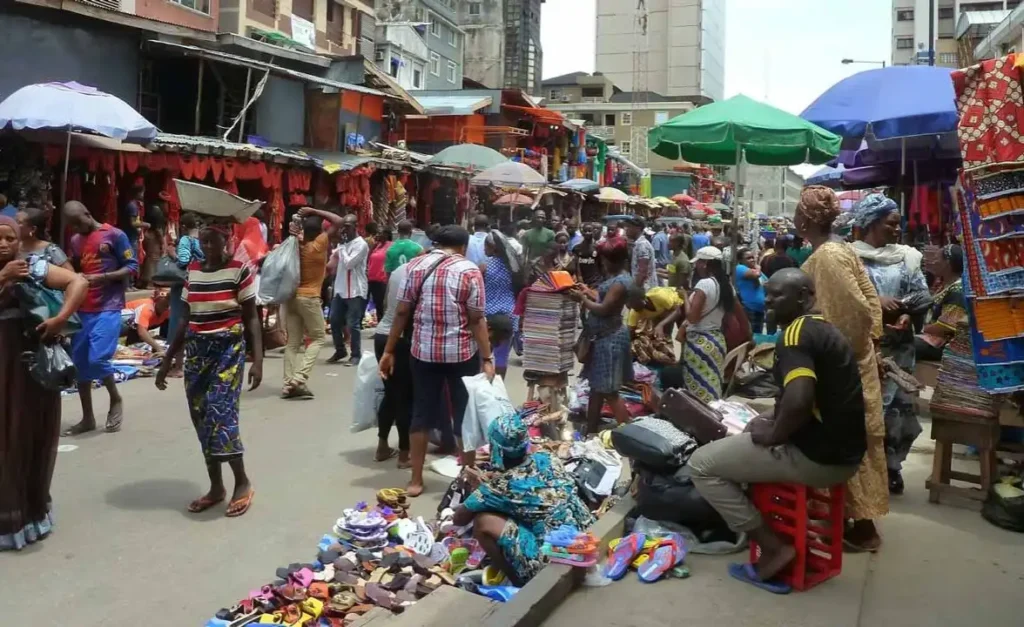In 2022, Murtala Muhammed International Airport (MMIA) in Lagos recorded over 6.5 million passenger movements, marking a 14.7% increase from the previous year’s 5.7 million travelers. This surge reflects a significant recovery from the travel slump caused by the COVID-19 pandemic, positioning MMIA as Nigeria’s busiest airport.
Nationwide Aviation Traffic Shows Positive Trends
Across Nigeria, airports collectively handled more than 16 million passengers in 2022, up from 14.2 million in 2021—representing a 13% growth rate. The easing of COVID-19 restrictions, increased vaccination coverage, and pent-up demand fueled this upward trajectory in air travel.

Key Drivers Behind the Passenger Surge
Several factors contributed to this rebound, including the relaxation of pandemic-related travel protocols, allowing for the resumption of more frequent domestic and international flights. Additionally, the ongoing “Japa” movement—where many Nigerians seek educational and economic opportunities abroad—further propelled outbound travel demand.
Challenges to Full Sector Recovery
Despite these positive signs, total air traffic remains below the pre-pandemic peak of approximately 17 million passengers recorded in 2019. Challenges such as rising operating costs, shrinking airline fleets, and economic constraints on disposable income continue to limit the sector’s full recovery.
Infrastructure Upgrades and Future Outlook
MMIA is undergoing infrastructure improvements to handle increasing passenger volumes and enhance the travel experience. Industry stakeholders are prioritizing investments in airport facilities, fleet expansion, and policy reforms aimed at sustaining growth and boosting Nigeria’s aviation sector in the coming years.






